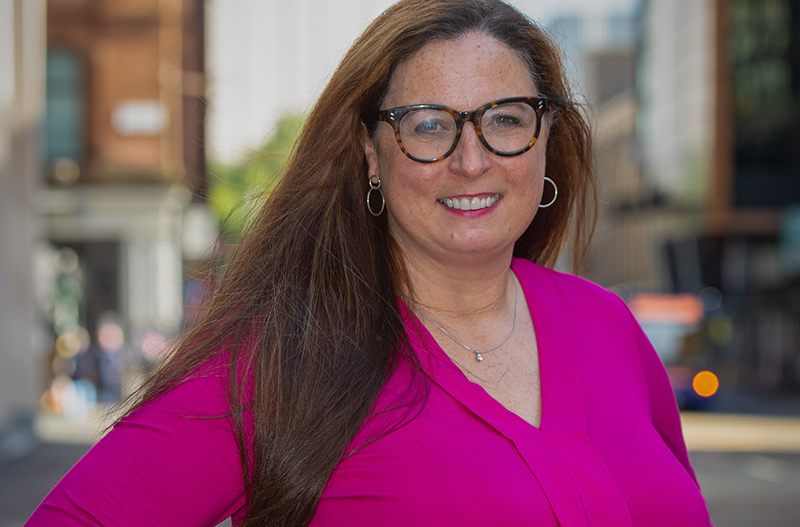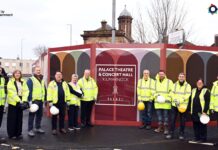
By Julie Moulsdale, MD at Perceptive Communicators, which provides PR, social media, digital, marketing and public affairs support to clients in science, technology and the built environment
We are in the grip of a nationwide housing crisis, yet recent figures reveal that the timescale for average planning application is four times longer than the Government target. While this is clearly an issue for developers, why should this be an issue for those beyond the housing industry?
First, contrary to popular belief, we are simply not building enough homes to meet demand. According to Shelter, as a result of this housing emergency 46 children are becoming homeless in Scotland every day. Another misconception is that the only people to benefit from new home building are the builders themselves. This is simply untrue, but in my experience those outside of the industry have no idea that each new private home built typically contributes £30,500 towards much needed public services.
With the public sector in such dire straits economically, generating income via development is an obvious solution, but there are many barriers to overcome. A key element to unlocking such development is securing planning permission in the first place. But how can such opportunities be unlocked?
We have been fortunate to support clients on dozens of developments who have successfully unlocked planning permissions efficiently. This includes small scale housing developments to multi-million pound developments like the award-winning Athletes’ Village for the Commonwealth Games to the The Event Complex Aberdeen (TECA) and the soon to launch, Lost Shore Surf Resort at Ratho on the outskirts of Edinburgh.
Each of these projects achieved the necessary permissions efficiently and effectively, despite significant challenges. This success was a direct result of a more open and proactive approach to community engagement and the planning process.
All of these developments invested in community engagement at an early stage. For community engagement to work well, it is important that this is about genuine engagement, not just lip service or ticking a box. Each of the developers involved in these successful projects went above and beyond statutory requirements and were truly interested to discuss plans openly in person and listen to views shared.
Social media provides a very easy starting point to read the mood music of a community and can be helpful to indicate challenges as well as opportunities. It can also identify key stakeholders who may not be the official community leaders, but are still very influential. But nothing can replace face to face human interaction.
Construction, whether a large scale infrastructure project or building new homes, is disruptive. However, when communities are well informed, and have a chance to have their say, even when it is probably not what they want to hear, the experience is much smoother for everyone. Such open communication fosters trust between developers and the community and demonstrates transparency and willingness to consider all views.
Putting in extra effort to elicit views which represent the whole spectrum of community views goes a long way. There are often very vocal individuals, but vocal does not always equal the majority perspective. It is only by getting under the skin of the wider community that you can determine the whole mood and opinions.
To address this we have often taken the consultation to the community, rather than the other way around. For example, rather than relying on a traditional consultation event held in a public venue during hours which are inaccessible for parents of young children, we arranged to visit parent and toddler groups with proposals, helping to create a rounded community perspective. Libraries and community hubs can be useful venues, but supplemented with events at higher footfall locations, from sports grounds or shopping venues, boosts the chances of getting a more rounded view.
The local development planning cycle, which was previously every five years, is moving to a ten year cycle. This means fewer and less frequent opportunities to promote sites for allocation, so whether you are a developer or individual in a community with a proposed development, it is even more important to make the most of that engagement opportunity.











